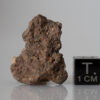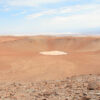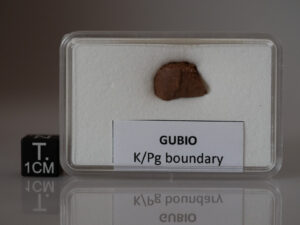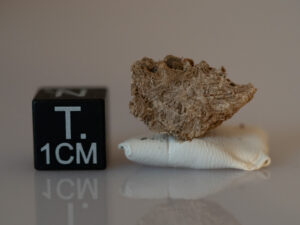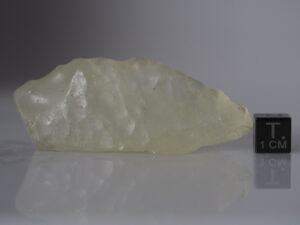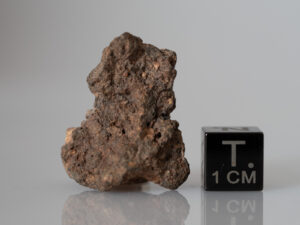Description
Monturaqui is an impact crater in Chile. It lies south of the Salar de Atacama and was formed 663,000 ± 90,000 years ago ago by the impact of an IAB meteorite. It is 350 m × 370 m (1,150 ft × 1,210 ft) wide and 34 m (112 ft) deep and contains a salt pan. Only a few remnants of the meteorite that formed the crater have been collected, with most of the rocks being of local origin. The crater was discovered in 1962 and identified as an impact crater in 1966.
The impacting body was a metallic asteroid containing iron and nickel. It has been identified as a group I octahedrite and as an IAB meteorite with a size of about 15 m (49 ft).
The impact has produced rocks such as impact glass, coesite and shocked quartz; some rocks were completely melted during the impact and others were turned to glass. Impact-generated rocks formed mostly from granite and meteorite material. They are mostly found at the east-southeast side of the crater, with lesser amounts on its inside.
Only a few or no fragments of the meteorite have been recovered. Given the proximity of the crater to an old road, this may be due to traders and herdsmen removing meteorite fragments but it may also be due to the metals being oxidized over time. They include rocks called “iron shale”, they are magnetic indicating their origin in the meteorite.
The nonoxidized parts consist of cohenite, rabdite, schreibersite and taenite. Other minerals are goethite, lepidocrocite, maghemite, pentlandite and reevesite. Metallic spherules occur.



